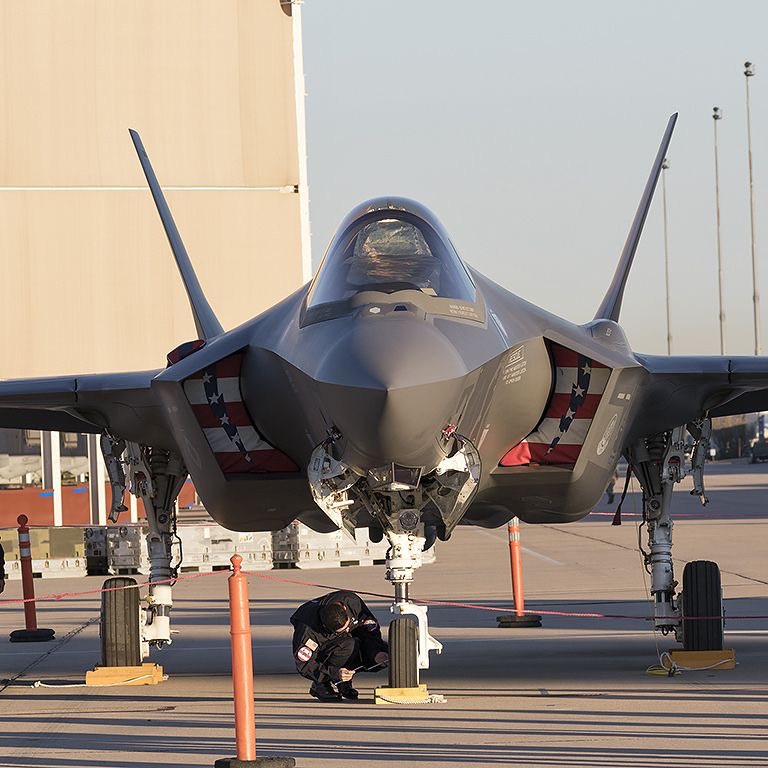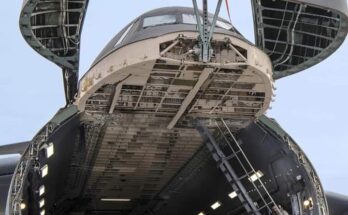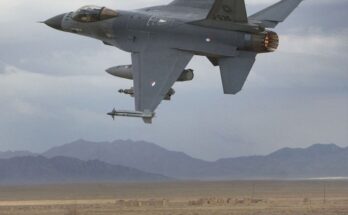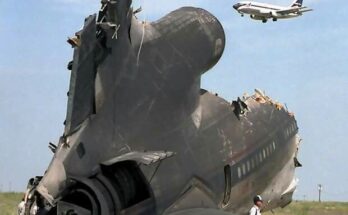
The Lockheed Martin F-35A Lightning II is a fifth-generation, single-seat, single-engine stealth fighter developed as part of the Joint Strike Fighter (JSF) program. It represents one of the most ambitious and technologically advanced projects in modern military aviation, combining stealth, speed, agility, and advanced sensors into one versatile platform. Designed primarily for the United States Air Force, the F-35A is the conventional takeoff and landing (CTOL) variant of the F-35 family, which also includes the short takeoff/vertical landing F-35B and the carrier-capable F-35C.
At its core, the F-35A was created to replace aging fourth-generation fighters such as the F-16 Fighting Falcon and the A-10 Thunderbolt II, while also complementing the more specialized F-22 Raptor. Unlike the Raptor, which is optimized for air superiority, the F-35A is intended to be a multirole platform, capable of performing air-to-air combat, air-to-ground strikes, intelligence gathering, and electronic warfare. Its versatility makes it a central component of U.S. and allied air forces around the world.
One of the most notable features of the F-35A is its stealth technology. The aircraft’s shape, materials, and internal weapons bays reduce its radar signature, allowing it to operate effectively in contested environments. This stealth capability is paired with advanced sensor fusion, which integrates information from the aircraft’s radar, distributed aperture system, and electronic warfare suite into a single, easy-to-read picture for the pilot. This gives the F-35A a significant situational awareness advantage over adversaries, often referred to as “first look, first shot, first kill.”
The F-35A is powered by the Pratt & Whitney F135 engine, which produces over 40,000 pounds of thrust. This enables the fighter to reach speeds of Mach 1.6 and operate effectively at high altitudes. While not as fast or maneuverable as the F-22, the F-35A’s agility is still superior to most legacy aircraft, and its advanced avionics more than compensate for any aerodynamic trade-offs. Additionally, the aircraft is capable of carrying a wide range of weapons, from precision-guided bombs to air-to-air missiles, stored internally for stealth missions or externally when low observability is less critical.
Another key advantage of the F-35A is its ability to act as a “force multiplier.” Through its data link systems, the fighter can share information in real time with other aircraft, ships, and ground forces. This makes the F-35A not only a highly capable strike fighter but also a central node in modern network-centric warfare.
Despite its capabilities, the F-35A program has faced significant criticism over the years. Development delays, cost overruns, and technical challenges drew scrutiny from governments and defense experts. At more than $1 trillion in projected lifetime costs, it is one of the most expensive military programs in history. However, many of these early issues have been resolved, and the aircraft is now in widespread service.
Today, the F-35A is operated by the United States and several allied nations, including the United Kingdom, Australia, Japan, and others. Its global adoption reflects both its advanced technology and the growing need for modern air forces to operate in highly contested environments. As production continues and upgrades are introduced, the F-35A is expected to remain a key fighter aircraft well into the middle of the 21st century.


